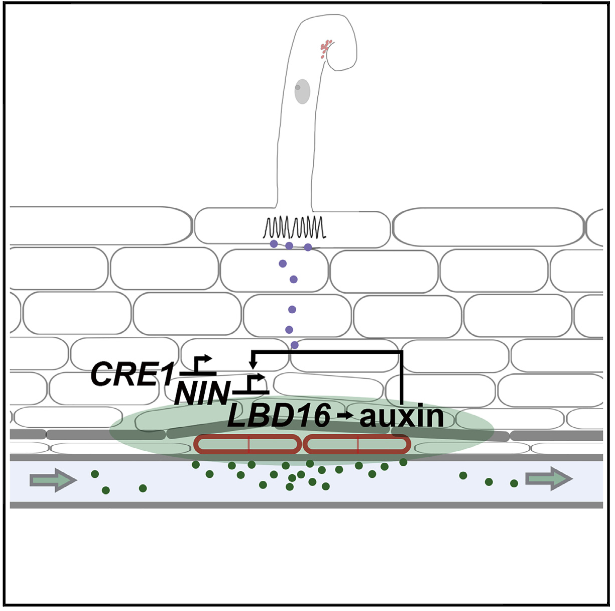
NODULE INCEPTION recruits the lateral root developmental program for symbiotic nodule organogenesis in Medicago truncatula ($) (Curr Biol)
Plant Science Research WeeklyLateral roots are secondary root organs arising through the dedifferentiation of inner cell layers in the primary root. Nodules arise through symbiosis with rhizobia bacteria in a certain clade of land plants and they also arise through dedifferentiation. Both lateral roots and nodules are part of the…
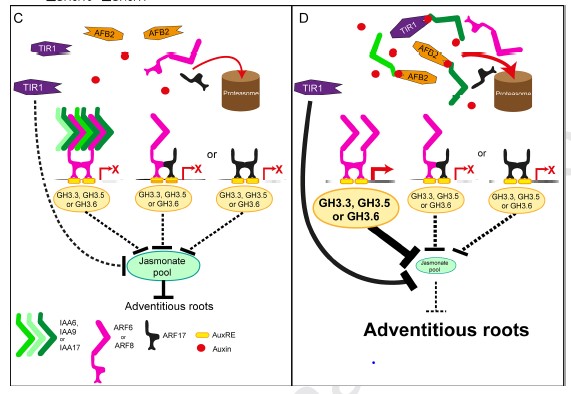
Control of adventitious rooting by TIR1/AFB2-Aux/IAA-dependent auxin signaling ($) (Mol Plant)
Plant Science Research WeeklyAdventitious roots typically develop from non-root tissue like shoots either naturally in some species or upon induction by stress in most species. The key roles of auxin signaling in lateral root development are well known but the role of these regulators in adventitious roots with their high phenotypic…
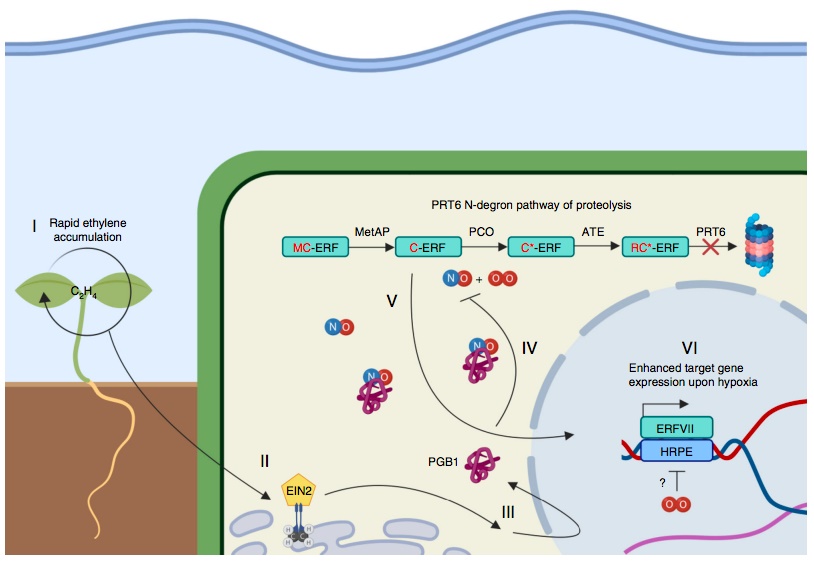
Ethylene-mediated nitric oxide depletion pre-adapts plants to hypoxia stress (Nature Comms)
Plant Science Research WeeklyClimate projection models predict an increasingly wetter world with frequent and severe flooding events, causing loss of crops. As it is for other organisms, it is a challenge for plants to stay under water for long periods. However, how plants react to submergence is poorly understood. Environmental…
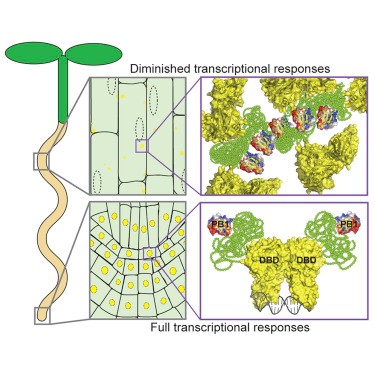
Nuclear-cytoplasmic partitioning of ARF proteins controls auxin responses ($) (Mol Cell)
Plant Science Research WeeklyARF (Auxin Response Factor) transcription factor proteins contain three domains: an N-terminal DNA-binding domain, a variable middle region, and a C-terminal PB1 domain. Powers et al. found that ARF7 and ARF19 accumulate as large-order assemblies in the cytoplasmic region of mature root cells, but the…
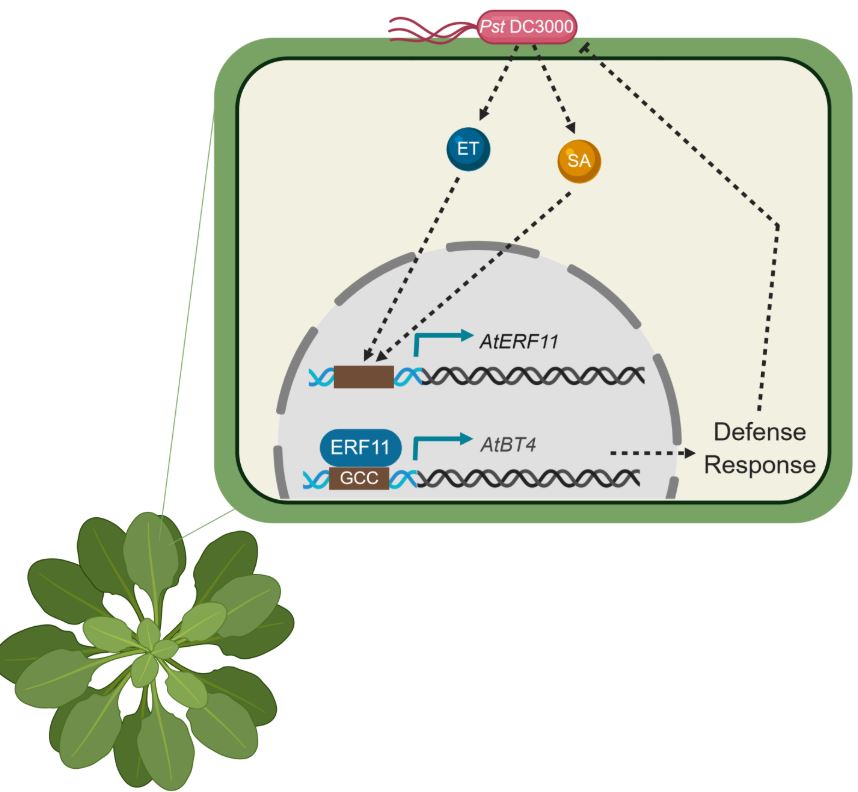
Found: Middle Men in the Hormone Joint Task Force
Plant Physiology, Plant Physiology: News and Views, ResearchBethany Huot, Michigan State University
Driving through the country on a lazy summer day with a nice gentle breeze, the lush fields of wheat, corn and soybean appear peaceful. What you cannot see is the quiet war plants are fighting against the insects and pathogens that have pulled up to a feast…

Review. Fellowship of the rings: a saga of strigolactones and other small signals (New Phytol)
Plant Science Research WeeklyStrigolactones are small signal molecules synthesized by plants. In the past few years, many studies highlighting the importance of this emerging phytohormone have been published. Strigolactones play important roles as a hormonal signals in plants and for mycorrhizal fungi interactions, they are present…
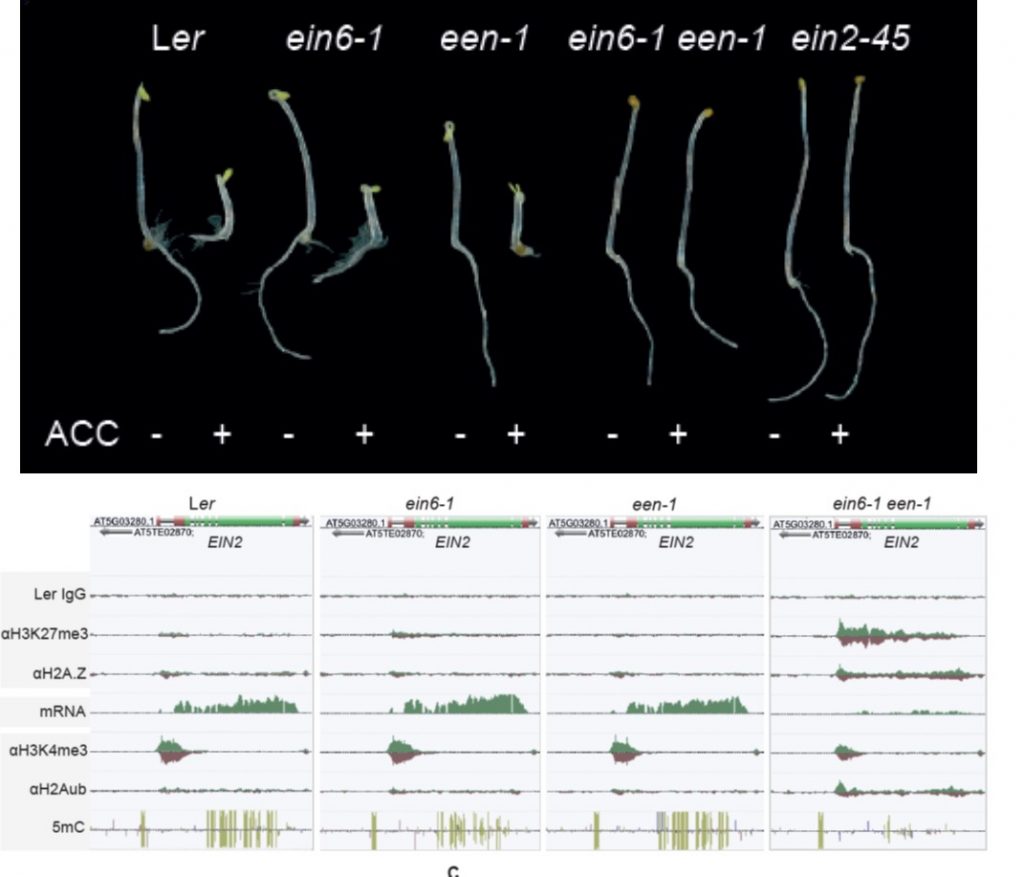
Epigenetic silencing of a multifunctional plant stress regulator EIN2 (eLIFE)
Plant Science Research WeeklyEIN2 is a key regulator of the ethylene response and a protein with a complex function and regulation. Zander et al. have uncovered an interesting and complex mechanism by which its expression is regulated. Many genes are regulated through histone modifications, with the histone variant H2A.Z and the…
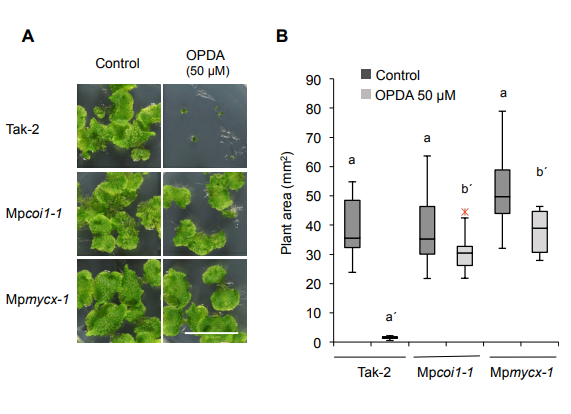
Jasmonate-related MYC transcription factors are functionally conserved in Marchantia polymorpha ($) (Plant Cell)
Plant Science Research WeeklyIn recent years, studies in the model bryophyte Marchantia polymorpha have provided insights on how the Jasmonic Acid (JA) pathway works in early diverging land plants, starting from its biosynthesis (Yamamoto et al., 2015; Koeduka et al., 2015), followed by perception (Monte et al, 2018) and co-repressor…
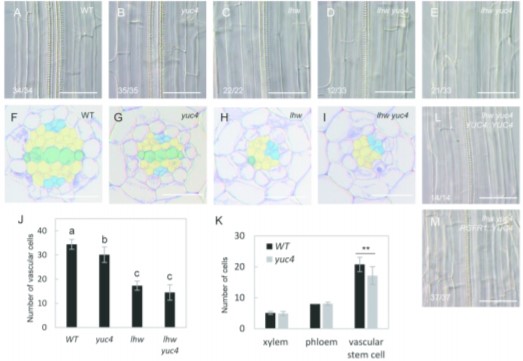
A positive feedback loop of LHW-TMO5 and local auxin biosynthesis in vascular development ($) (Plant Cell Physiol)
Plant Science Research WeeklyProper development of root vascular tissue is necessary for plant growth, as these tissues are responsible for nutrient and water uptake. Multiple key players including transcriptional factors (TF) and hormones are involved in vascular development. In this paper Ohashi-Ito et al. have identified a feedback…

